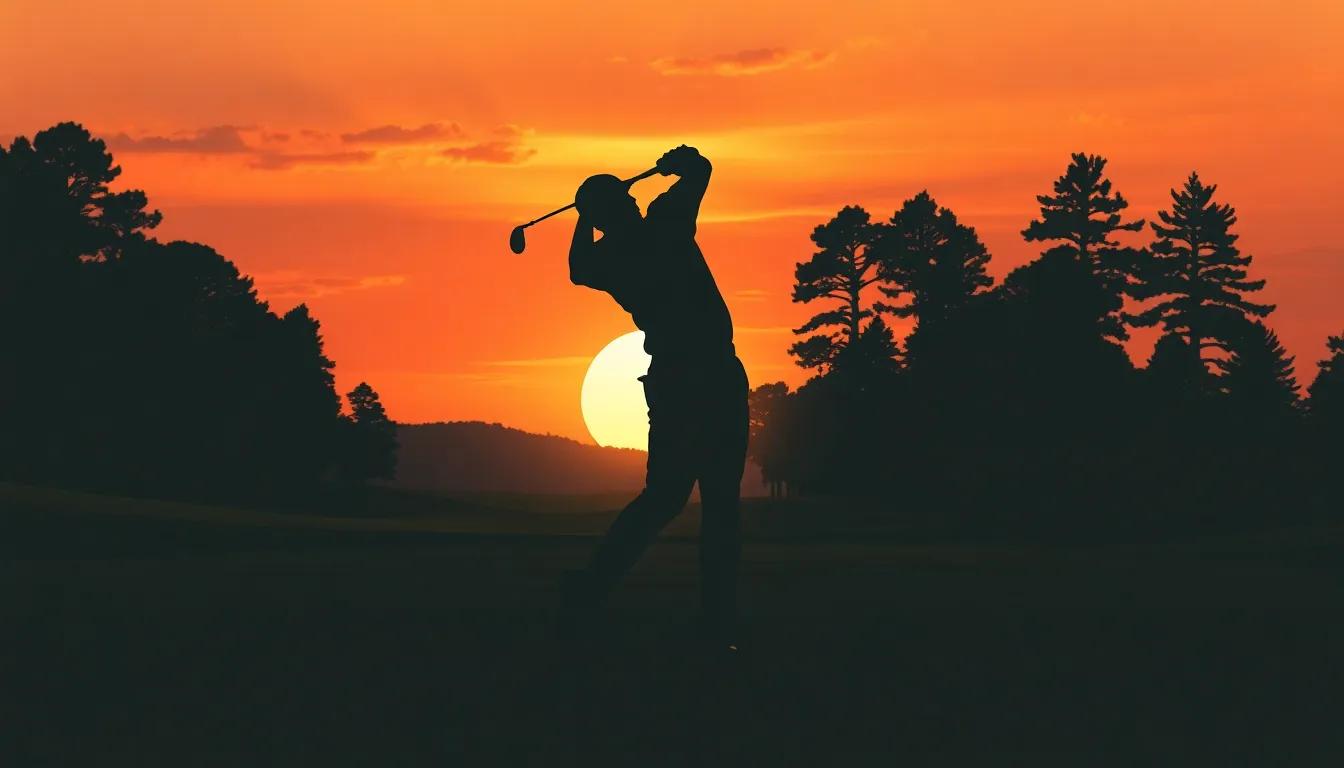RBC Heritage Introduces Distance-Measuring Devices in Tour’s Pace-of-Play Initiative
The PGA Tour is testing distance-measuring devices (DMDs) at this week’s RBC Heritage, marking the first significant change in the tournament’s familiar setting at Harbour Town Golf Links.
While the post-Masters celebration continues with its signature event status and strong field, players and caddies can now use rangefinders during competition as part of a four-week trial aimed at improving pace of play.
“They’re going to have an extra tool in their toolbox for four weeks, and we’re interested in hearing, following that period, how was it? Do you feel it was beneficial? Do you feel it helped you with pace of play?” said Gary Young, a senior vice president of rules and competitions for the Tour. “There is a beginning and an end to it, and then we’re going to take that time to really cram the data and take a look at it.”
The trial allows players to use DMDs for basic distance measurements only. Any use of slope features or other advanced calculations will result in a two-stroke penalty.
This isn’t entirely new territory. The PGA Championship already permits rangefinders, and the Korn Ferry Tour conducted a similar experiment in 2017. That previous trial didn’t yield dramatic improvements in round times, but officials believe the current test might produce different results.
“I don’t think there was anything concrete that came out of [the 2017 trial] data wise,” Young explained. “There wasn’t a big improvement in round-time data, but this particular work group felt that field size had a lot to do with it and especially groupings.”
The Tour established a pace-of-play working group earlier this year that includes players Sam Burns, Adam Schenk and Jhonattan Vegas, who collaborate with the Player Advisory Council on potential improvements.
Young noted that rangefinders might be particularly helpful when groups fall behind pace: “They can quickly get a reference point and calculate yardage. It also may help the groups that are being timed keep up and make up time.”
But world No. 1 Scottie Scheffler isn’t convinced the devices will make much difference.
“We’ve been using [DMDs] at the PGA the last couple years. Is it going to help pace of play? Maybe a few minutes. Will it be anything significant? No,” Scheffler said Tuesday at Harbour Town. “This tournament, what affects the pace of play is walking the golf course. I think we’re playing twosomes all week, so it will go from a five-hour round to maybe four hours or less.”
Scheffler pointed to a more obvious solution: “When you see the biggest changes in pace of play, it all comes from going from three guys to two guys in a pairing. It’s just easier to get around the golf course.”
Most caddies plan to use the rangefinders selectively rather than abandoning their traditional methods entirely.
“I envision Tom [Hoge] standing in the fairway shooting [with a DMD] and I’ll be getting the numbers [traditionally] and we’ll do like we always do,” said James Edmondson, Hoge’s longtime caddie. “I’ll use it when we’re off-line, but we’re still going to use the fronts and the backs and the carries [yardages] in the book. If you don’t do that I think you’d get your sequence off.”
Beyond the DMD trial, the Tour is implementing other pace-of-play measures. Starting this week on the Korn Ferry Tour, players will receive a one-stroke penalty for their first “bad time” instead of just a warning. This policy is already in effect on the PGA Tour Americas.
The Tour also plans to make pace-of-play data public within the next month or two. This will include contextual information like whether a player’s average stroke time increases during pressure situations like Friday’s cut line or Sunday’s final round.
It’s all part of the broader pace-of-play initiative that Commissioner Jay Monahan highlighted last month at The Players Championship, responding to concerns identified in the Tour’s recent Fan Forward project.





